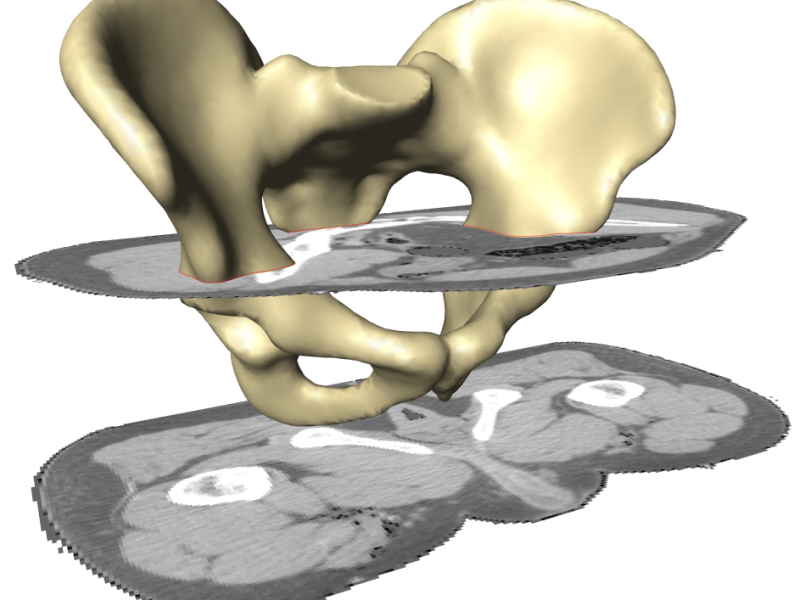Introduction
An important task in medical imaging is segmentation of anatomical objects. Manual segmentation is costly, but up to now algorithmic solutions produce unsatisfactory results. A promising approach is incorporating a-priori knowledge about geometric and topological shape characteristics and image characteristics contained in a given population. The identification of corresponding points on different shapes is crucial for constructing suitable shape spaces and extracting the essential degrees of freedom. Defining suitable measures of shape similarity remains a challenge.
Model-Based Image Segmentation Approach
The basic concept for the integration of a-priori knowledge consists of two parts. First, the space of shapes is restricted via modeling the natural shape variability of the object to be segmented from a number of training samples (Fig. 1):
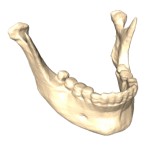
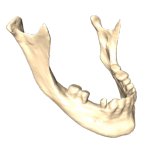
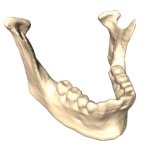
Secondly, the appearance of the object in the image data is modeled from training images (Fig. 2). The intensity model is a function that predicts how well a given shape fits to a given image.
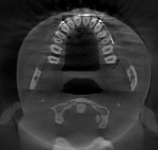
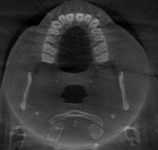
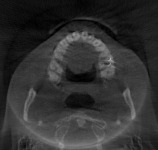
Putting both parts together into a coherent and well-defined mathematical framework is one of the goals of this project.
Inter-Individual Shape Variations
One fundamental question is how to perform calculations on shapes, i.e. how to add, average or subtract shapes or deformations. Point distribution models offer a simple representation for statistical analysis of shapes (Fig. 3), such as principal component analysis. Other representations shall be investigated within this project.
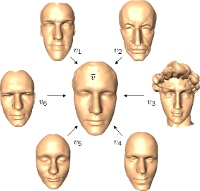
A crucial step in setting up shape spaces is the correct identification of corresponding points on different shapes. Bad identification can lead to anatomically wrong results (Fig. 4).
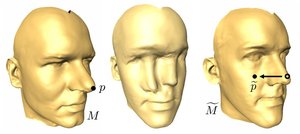
The goal of this project is to compute correspondence maps as automatically as possible yet allowing the consideration of application-specific knowledge or requirements in an easy and flexible manner. Important properties of such an approach are conservation of symmetries, like translation and rotation invariance.
Consistent Surface Decomposition and Parameterization
In this project we have developed a versatile and interactive approach for solving the correspondence problem. The basic idea is to decompose different shapes consistently into corresponding regions. These regions are then parameterized onto common abstract base domains. Concatenating these parameterizations yields the desired correspondence map (see Fig. 5):
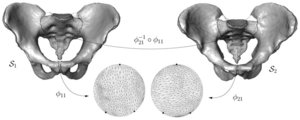
This approach allows us to easily integrate application-specific requirements as boundary constraints. However, sometimes, it is not clear how to define region boundaries. Further automation is also desirable.
Variational Shape Matching
A promising approach for the above mentioned shape calculus for embedded geometries is to use the vector space of currents whose discrete counterparts can be considered as points in space with additional color, tangential, normal or volume information (Fig. 6).
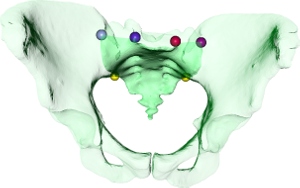
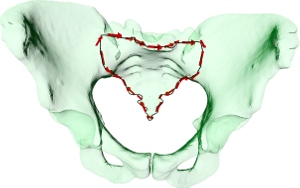
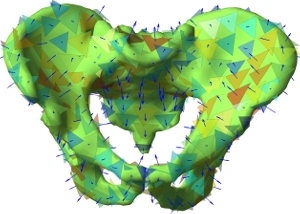
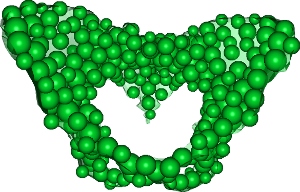
In this project we employ the well-studied large deformation diffeomorphic metric mapping approach [Joshi and Miller, IEEE Transactions on Image Processing, 2000] to solve the correspondence problem. After minimizing the regularized matching error between source and target geometry an optimal diffeomorphism onto the entire embedded space is computed. The diffeomorphism is generated by a time dependent wind field, which we model via finite elements on an adaptive hexahedral mesh depicted in Fig. 7.
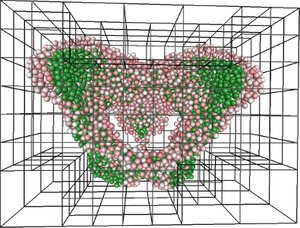
In contrast to commonly used moving radial basis functions, the spatially fixed finite element basis functions enable to optimize the direct morph of normal information for instance. This new approach (Fig. 8b) requires fewer trajectories and is closer to the analytic concept of currents.
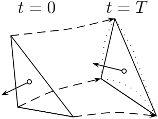
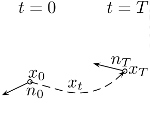
Within this project we aim to extend, improve and mathematically analyze the technique of large deformation diffeomorphic metric mapping of currents, in order to overcome some of its limitations with respect to the targeted applications.
Applications
The following links describe applications of the concepts and algorithms developed in this project:
Dental: Surgery planning for dental implantology
SiBill: Simulated Biomechanics of the Lower Limb
MXL: Improving therapy planning for hip, shoulder and knee joint surger
CranioSynos: Surgery planning for craniosynostosis
